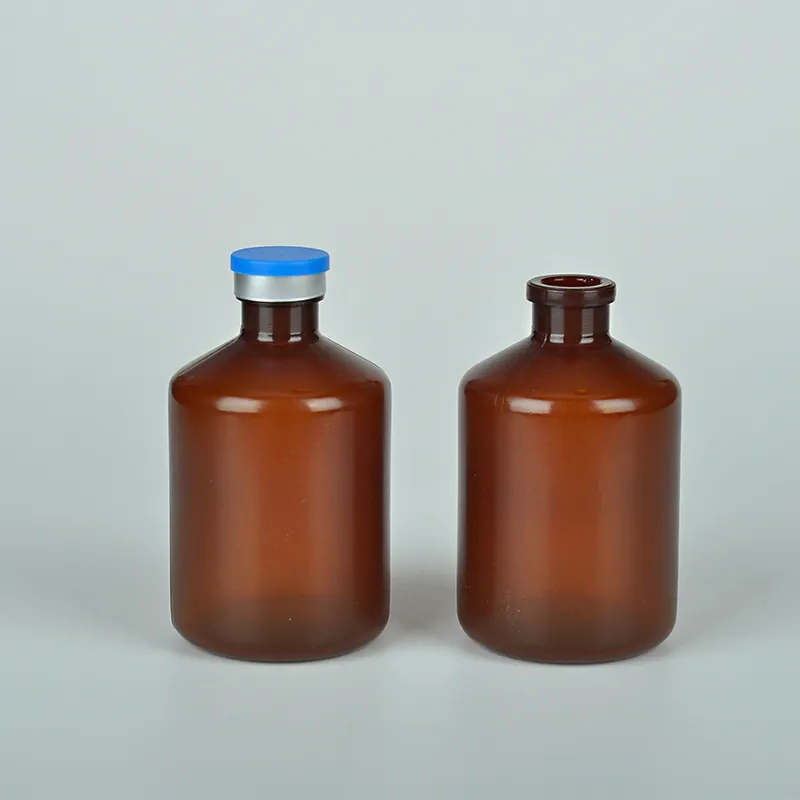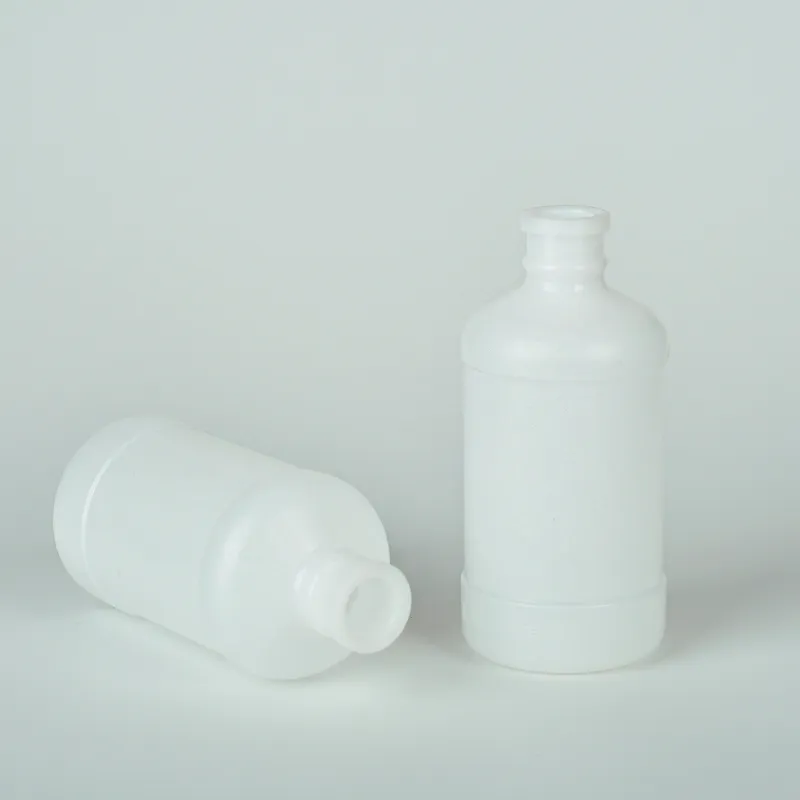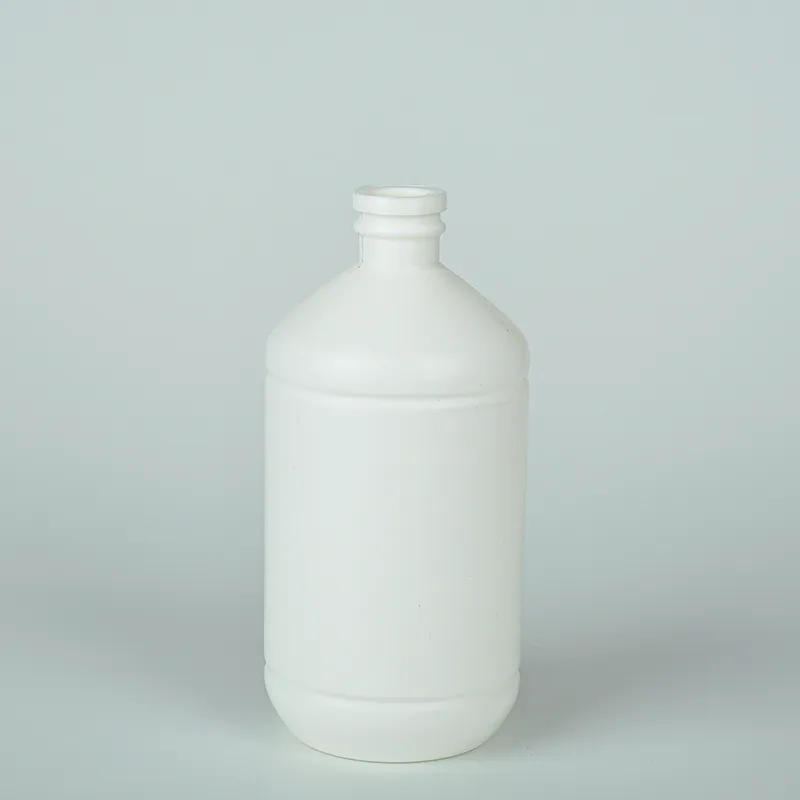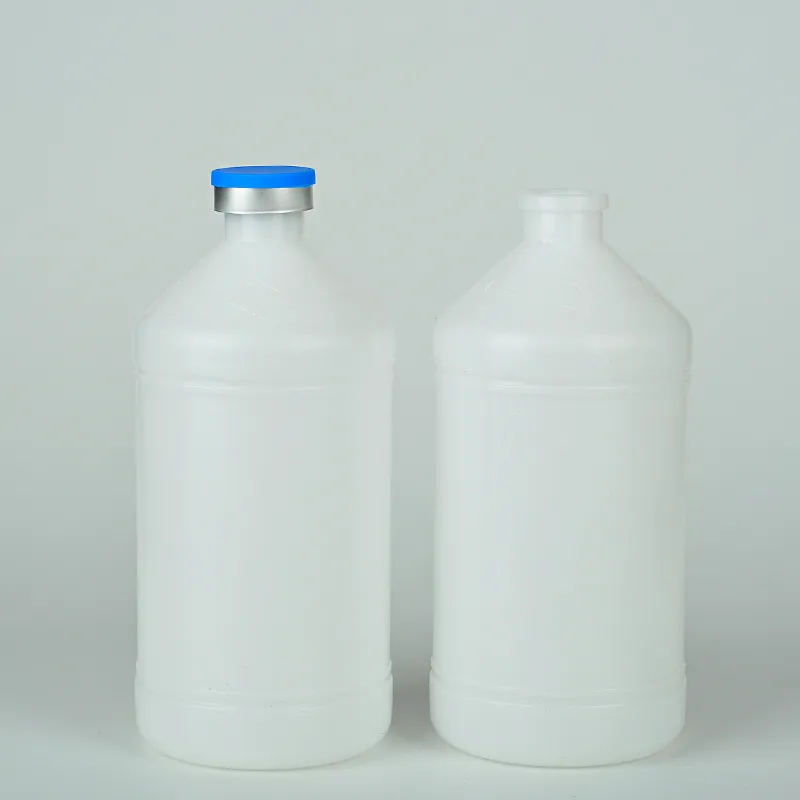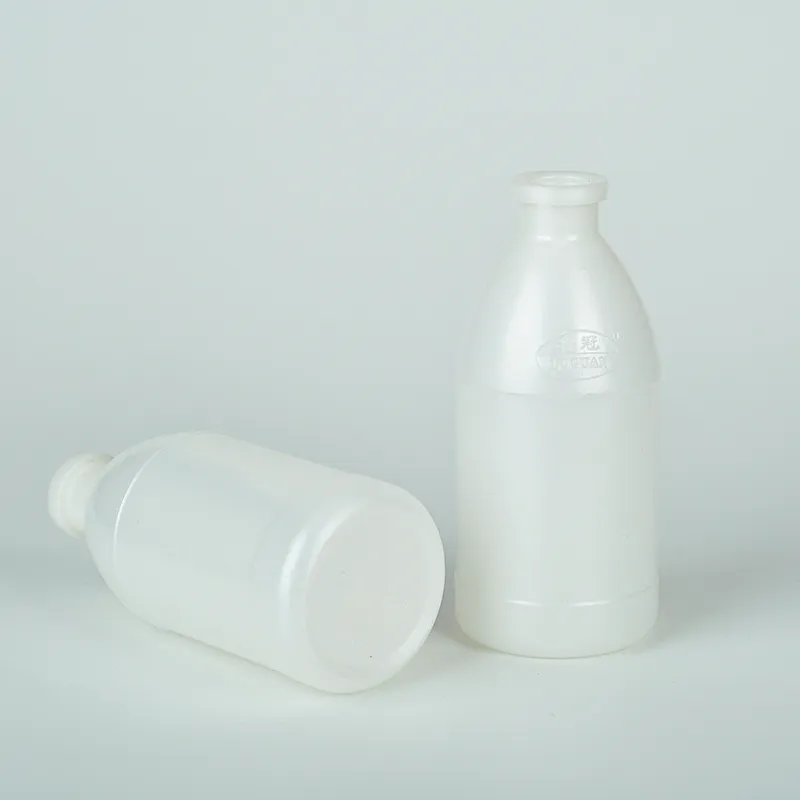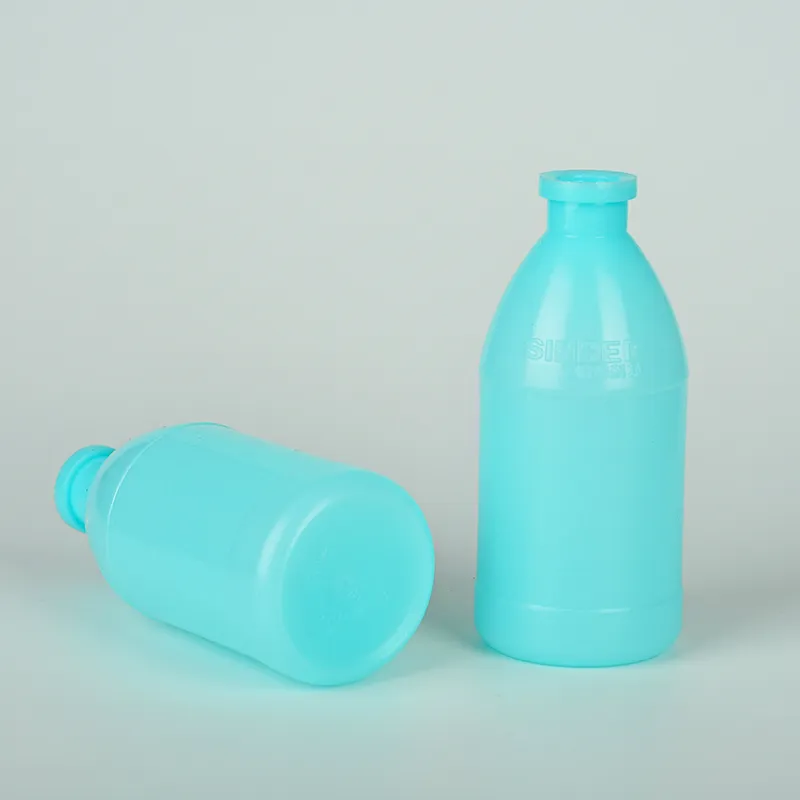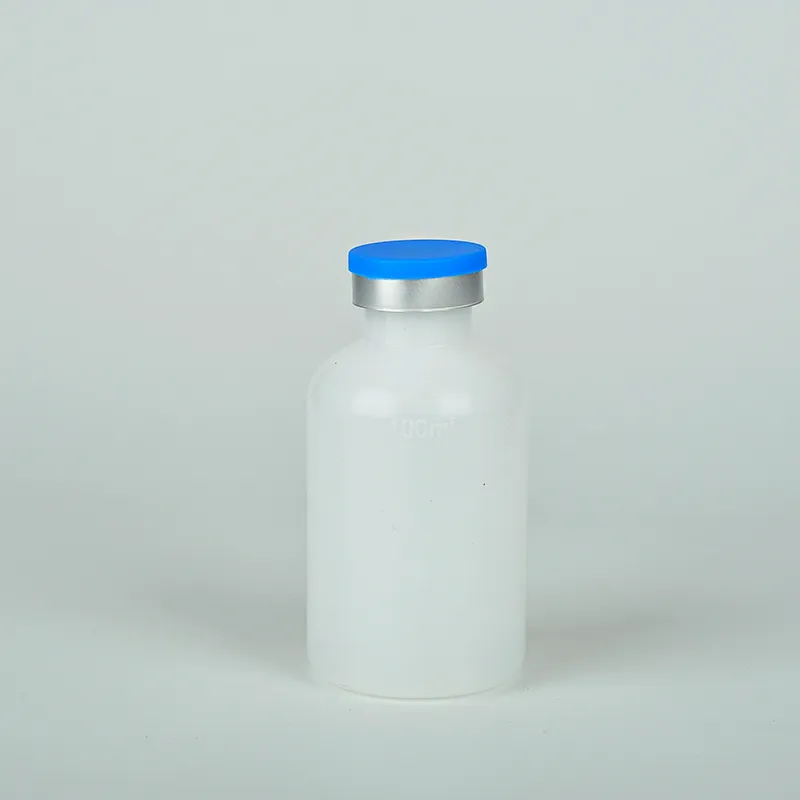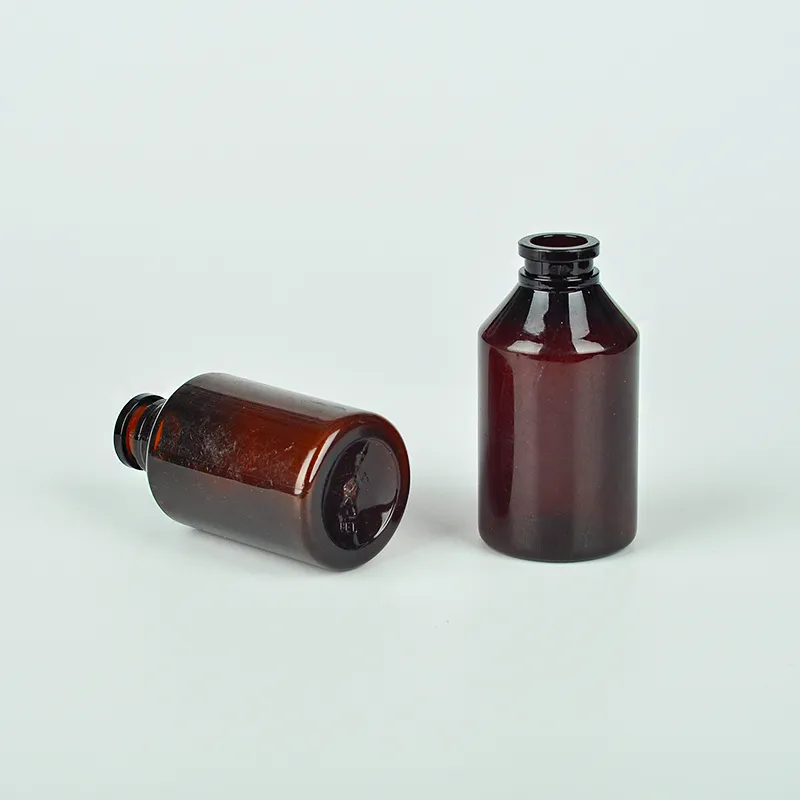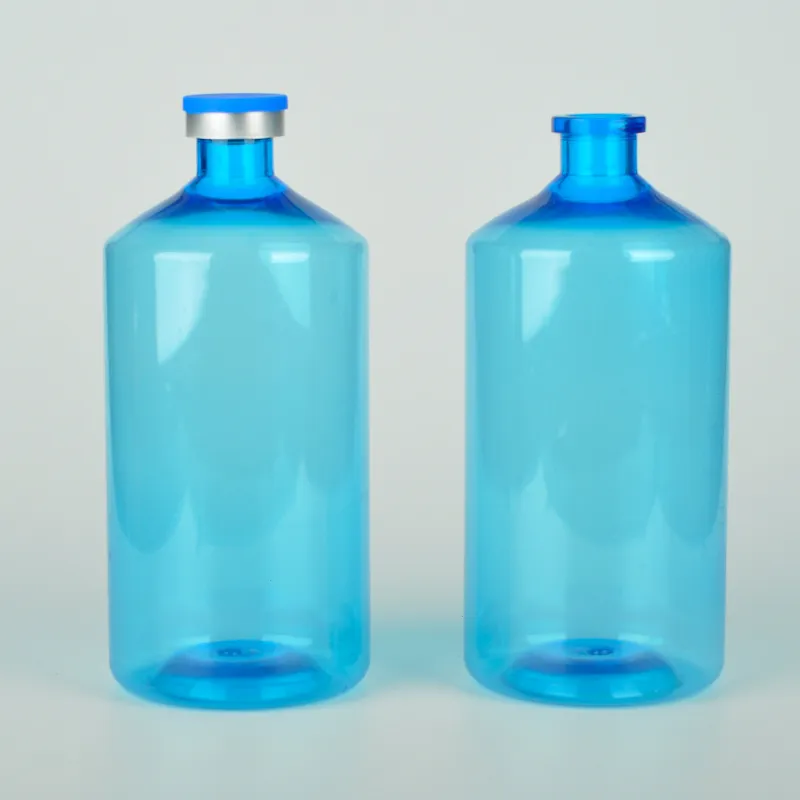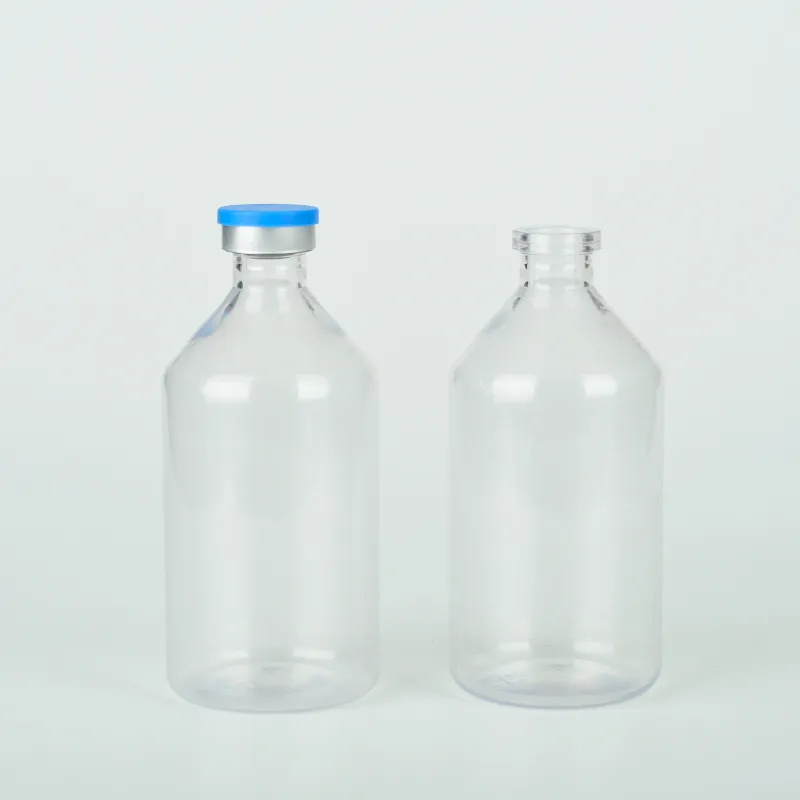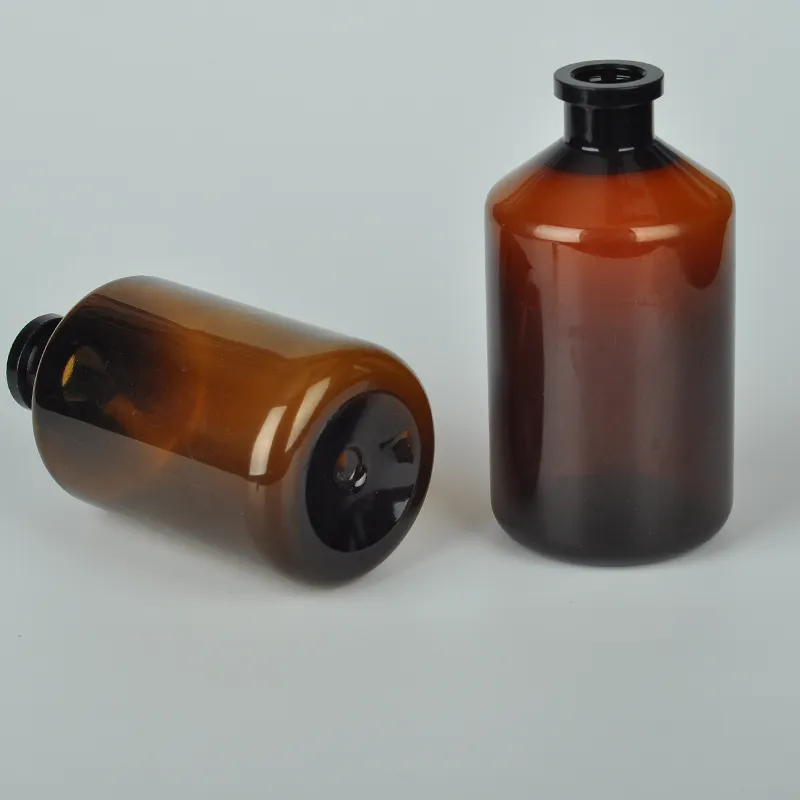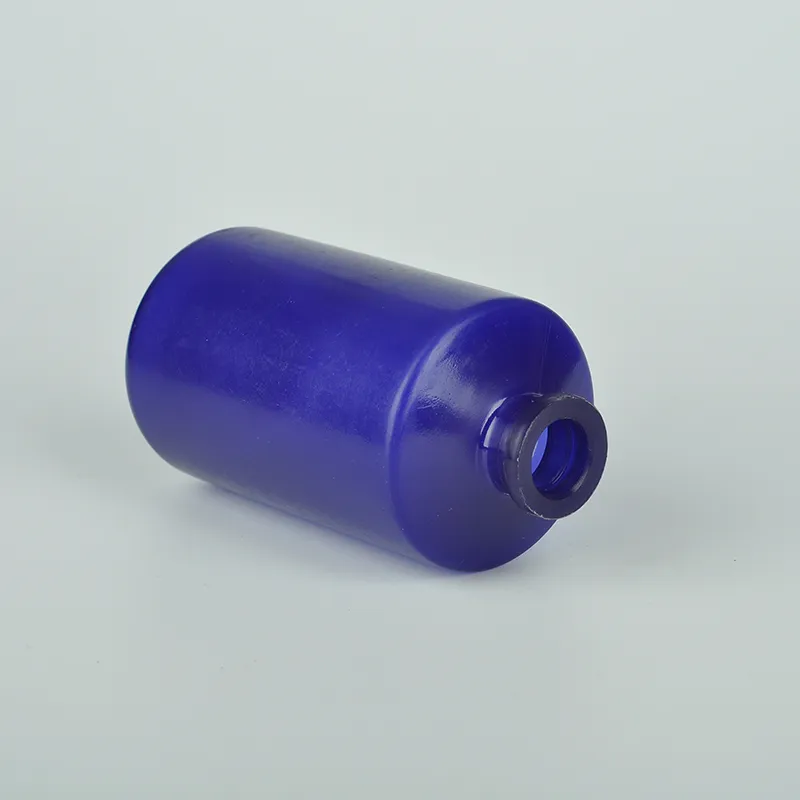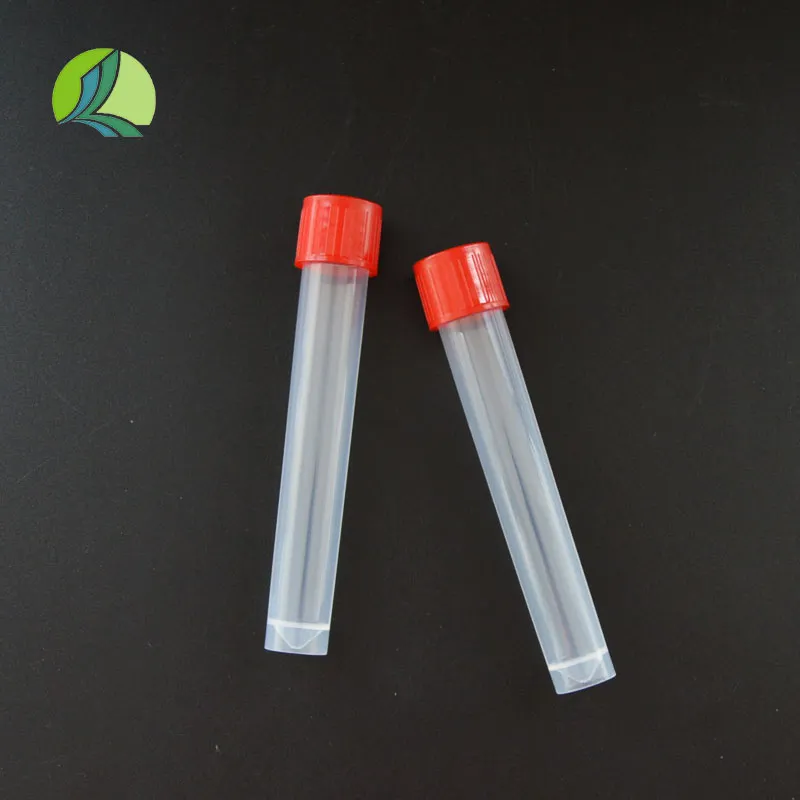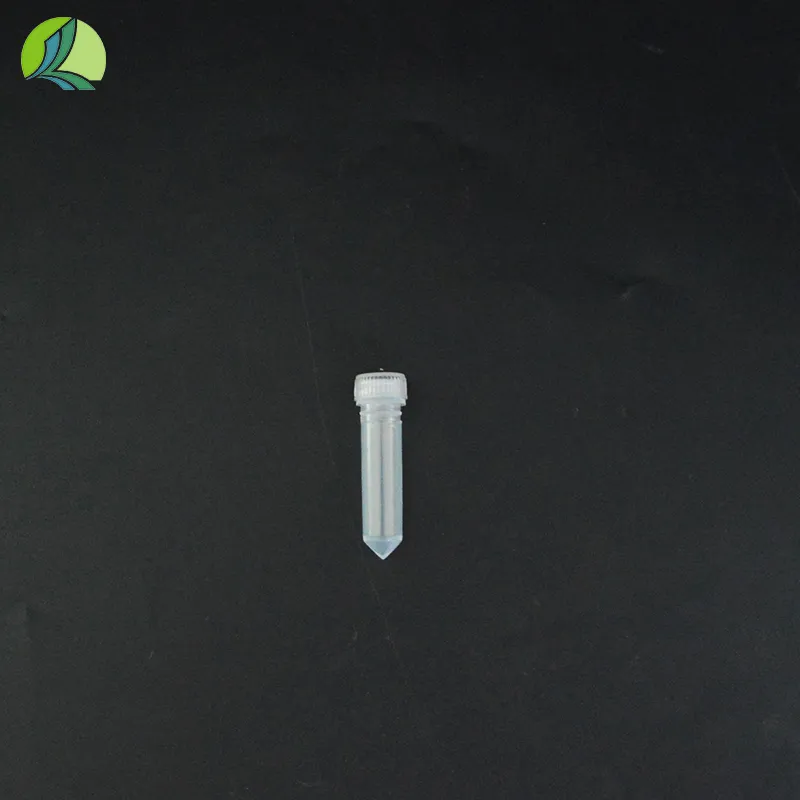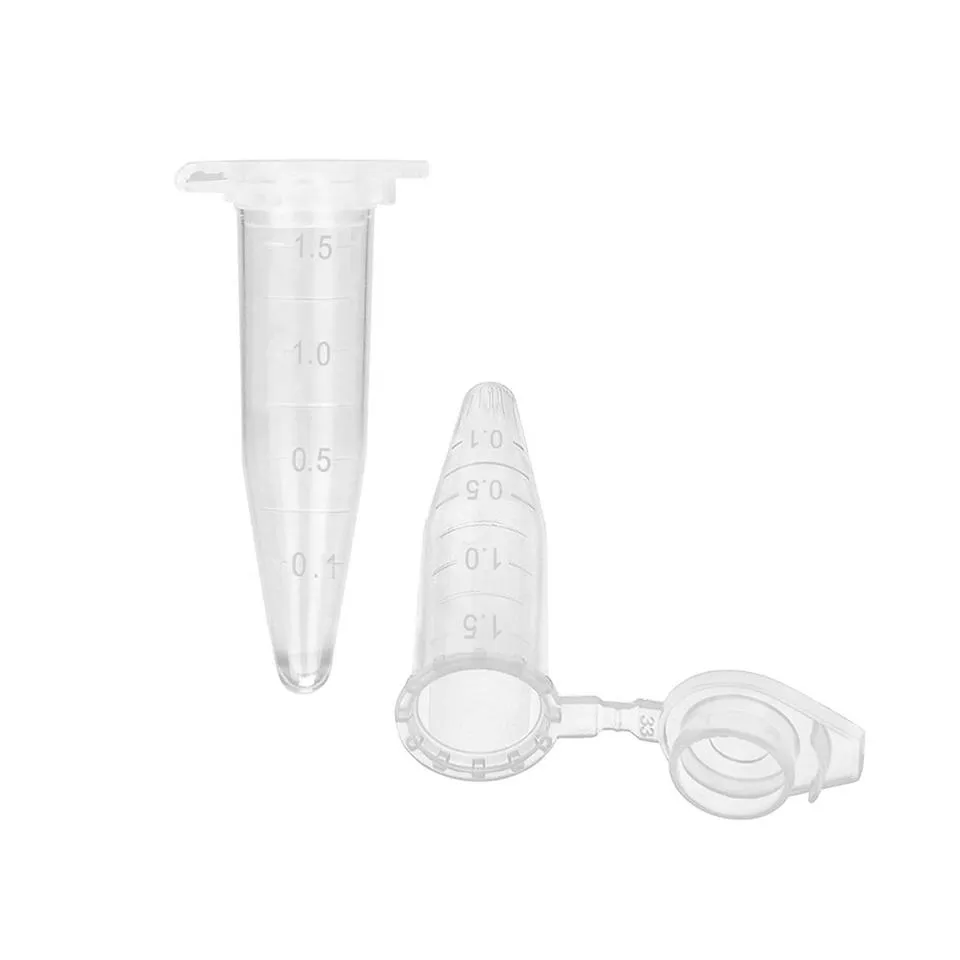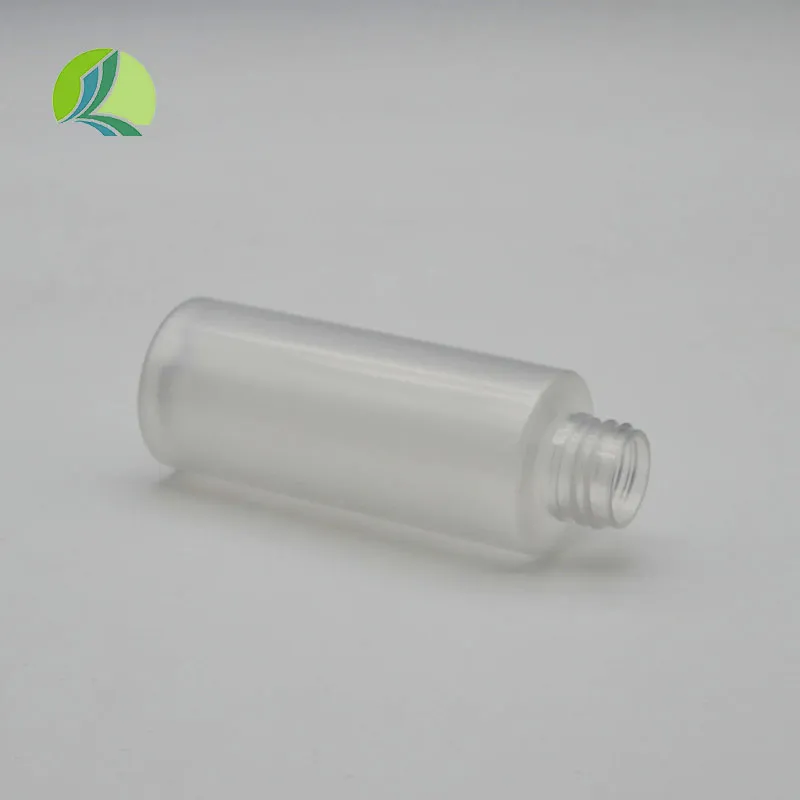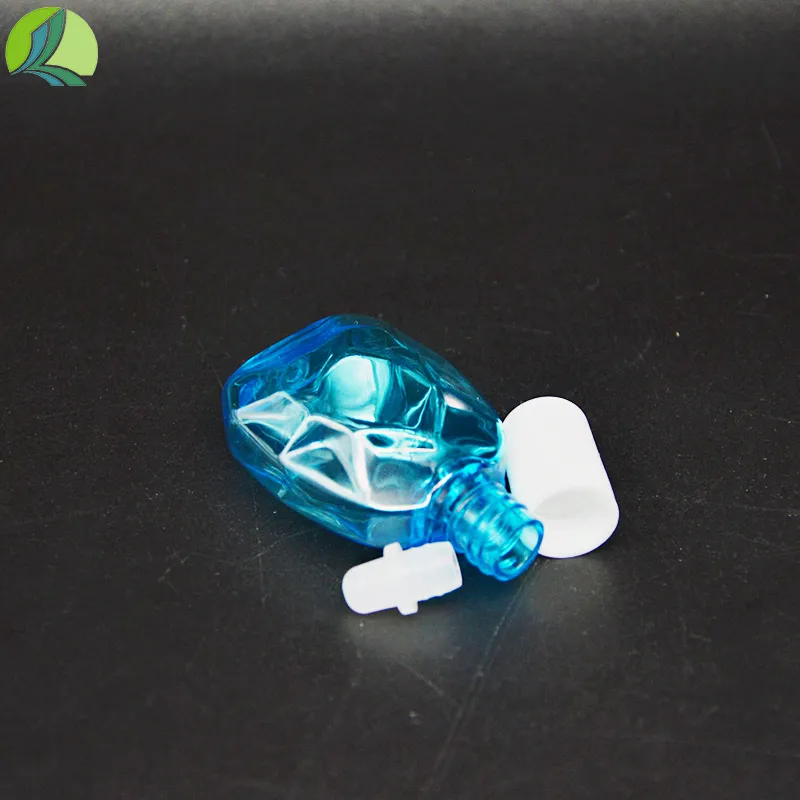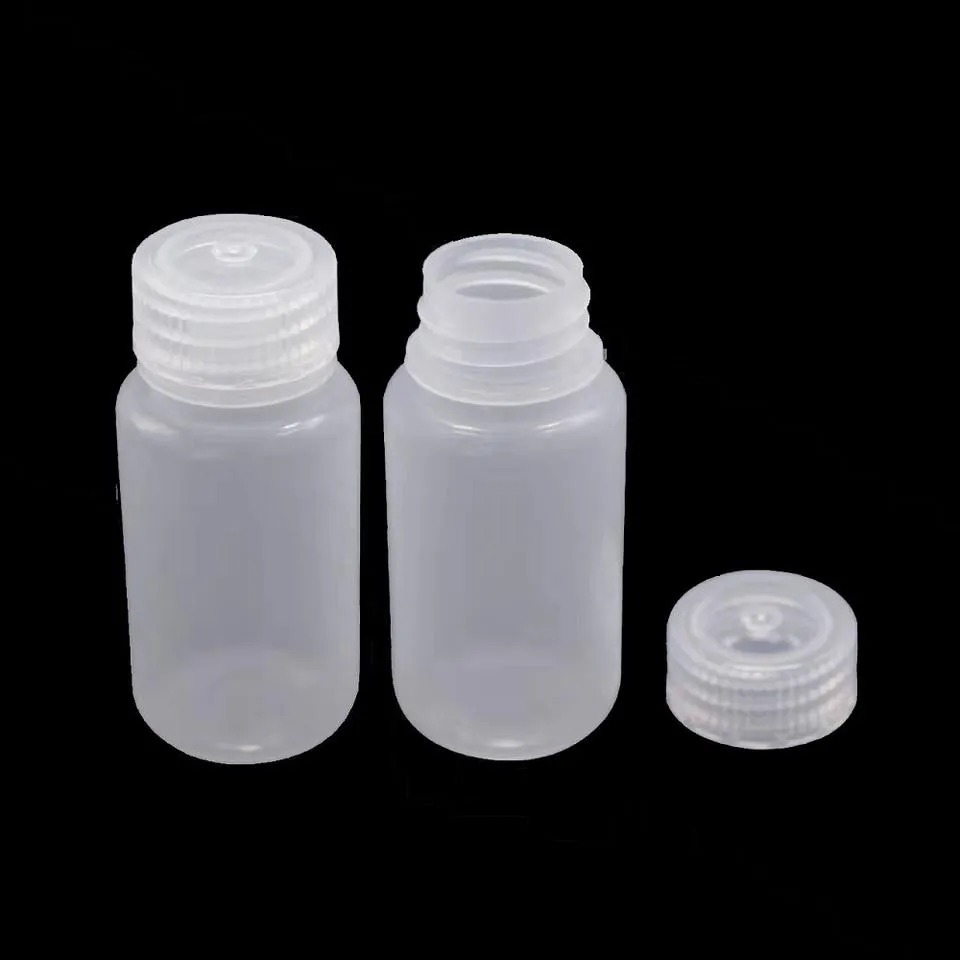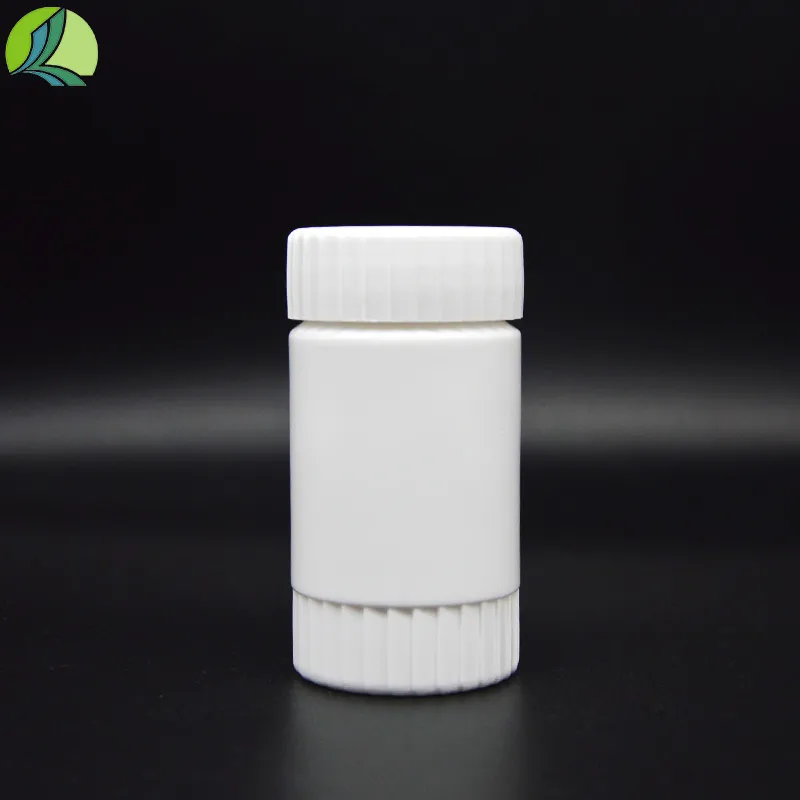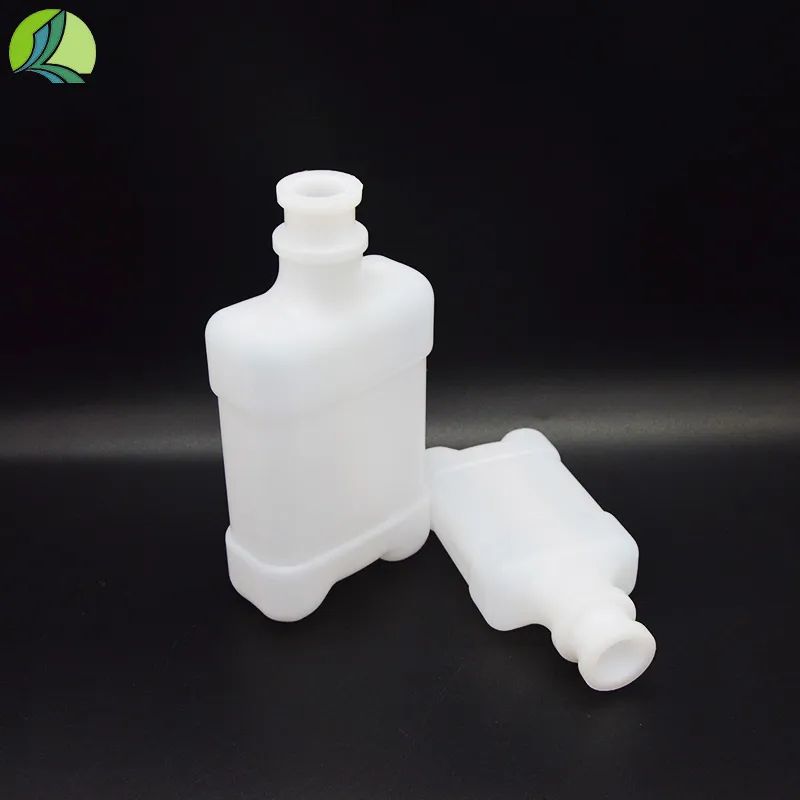
-
 Afrikaans
Afrikaans -
 Albanian
Albanian -
 Amharic
Amharic -
 Arabic
Arabic -
 Armenian
Armenian -
 Azerbaijani
Azerbaijani -
 Basque
Basque -
 Belarusian
Belarusian -
 Bengali
Bengali -
 Bosnian
Bosnian -
 Bulgarian
Bulgarian -
 Catalan
Catalan -
 Cebuano
Cebuano -
 Corsican
Corsican -
 Croatian
Croatian -
 Czech
Czech -
 Danish
Danish -
 Dutch
Dutch -
 енглески језик
енглески језик -
 Esperanto
Esperanto -
 Estonian
Estonian -
 Finnish
Finnish -
 French
French -
 Frisian
Frisian -
 Galician
Galician -
 Georgian
Georgian -
 German
German -
 Greek
Greek -
 Gujarati
Gujarati -
 Haitian Creole
Haitian Creole -
 hausa
hausa -
 hawaiian
hawaiian -
 Hebrew
Hebrew -
 Hindi
Hindi -
 Miao
Miao -
 Hungarian
Hungarian -
 Icelandic
Icelandic -
 igbo
igbo -
 Indonesian
Indonesian -
 irish
irish -
 Italian
Italian -
 Japanese
Japanese -
 Javanese
Javanese -
 Kannada
Kannada -
 kazakh
kazakh -
 Khmer
Khmer -
 Rwandese
Rwandese -
 Korean
Korean -
 Kurdish
Kurdish -
 Kyrgyz
Kyrgyz -
 Lao
Lao -
 Latin
Latin -
 Latvian
Latvian -
 Lithuanian
Lithuanian -
 Luxembourgish
Luxembourgish -
 Macedonian
Macedonian -
 Malgashi
Malgashi -
 Malay
Malay -
 Malayalam
Malayalam -
 Maltese
Maltese -
 Maori
Maori -
 Marathi
Marathi -
 Mongolian
Mongolian -
 Myanmar
Myanmar -
 Nepali
Nepali -
 Norwegian
Norwegian -
 Norwegian
Norwegian -
 Occitan
Occitan -
 Pashto
Pashto -
 Persian
Persian -
 Polish
Polish -
 Portuguese
Portuguese -
 Punjabi
Punjabi -
 Romanian
Romanian -
 Russian
Russian -
 Samoan
Samoan -
 Scottish Gaelic
Scottish Gaelic -
 Serbian
Serbian -
 Sesotho
Sesotho -
 Shona
Shona -
 Sindhi
Sindhi -
 Sinhala
Sinhala -
 Slovak
Slovak -
 Slovenian
Slovenian -
 Somali
Somali -
 Spanish
Spanish -
 Sundanese
Sundanese -
 Swahili
Swahili -
 Swedish
Swedish -
 Tagalog
Tagalog -
 Tajik
Tajik -
 Tamil
Tamil -
 Tatar
Tatar -
 Telugu
Telugu -
 Thai
Thai -
 Turkish
Turkish -
 Turkmen
Turkmen -
 Ukrainian
Ukrainian -
 Urdu
Urdu -
 Uighur
Uighur -
 Uzbek
Uzbek -
 Vietnamese
Vietnamese -
 Welsh
Welsh -
 Bantu
Bantu -
 Yiddish
Yiddish -
 Yoruba
Yoruba -
 Zulu
Zulu
Reagent Bottle: The Foundation and Guarantee of Chemical Experiments
In the vast world of scientific experiments, chemical reagents are like the bricks and tiles that build a building, and are necessary elements to support the experimental process and reveal the mysteries of science. And the reagent bottle, as a container specifically designed for storing and processing these chemical reagents, plays a crucial role in the experimental process. It is not only the safety guardian of chemicals, but also a powerful guarantee for the accuracy of experimental results.
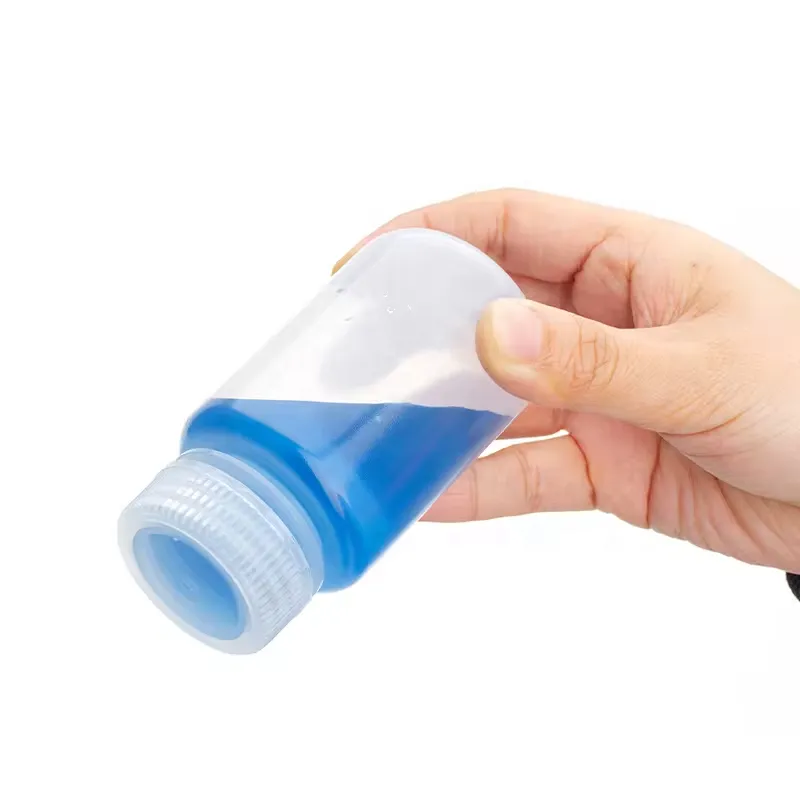
The uniqueness of Reagent Bottle lies in its standardized process of material, design, and usage
Unlike ordinary containers, reagent bottle chemistry is typically made of corrosion-resistant, high-temperature resistant, and chemically stable glass or plastic to prevent the container from reacting with the stored chemicals, thereby ensuring the purity and activity of the reagents. High borosilicate glass is often used for storing reagents with high purity requirements due to its excellent chemical stability and heat resistance, while plastics such as polyethylene and polypropylene are suitable for storing reagents with weak acidity or alkalinity due to their lightweight and durability.
In terms of design, Reagent Bottle also emphasizes safety and convenience
The design of reagent bottle laboratory apparatus bottle mouth is usually narrow to reduce the contact area between the reagent and air, and to lower the risk of volatilization and oxidation. The frosted bottle stopper can ensure the sealing of the bottle, prevent reagent leakage and contamination. In addition, clear labeling, including reagent name, concentration, precautions, etc., can avoid misuse and operational errors, ensuring the smooth progress of the experiment.
Merely having high-quality reagent bottles is not enough, standardized usage methods are equally important
Firstly, before storing the reagent, the bottle reagent must be thoroughly cleaned and dried to avoid introducing impurities that may affect the experimental results. Secondly, choose appropriate storage conditions based on the characteristics of the reagent, such as avoiding light, low temperature, etc., to extend the shelf life of the reagent. Furthermore, when using reagents, the principle of "take as much as you want" should be followed to avoid waste and pollution. Finally, discarded reagent bottles should be disposed of in accordance with relevant regulations to prevent environmental pollution.
In summary, a chemical reagent bottle is not just a simple container, it is an essential component in chemical experiments. Its material, design, and usage standards together create a safety barrier that protects the purity and safety of the reagents. It is these seemingly small details that contribute to the rigor and reliability of scientific experiments, ultimately driving the pace of scientific progress. Therefore, we should attach great importance to the selection and use of reagent bottles to ensure the smooth progress of experiments and the accuracy of experimental results, thereby contributing to scientific research.
Reagent Bottle FAQs
What is the main purpose of the reagent bottle?
Reagent Bottle is a specialized container used in laboratories for safe storage and handling of chemicals, suitable for liquid or solid reagents such as acids, bases, solvents, powders, etc. Its core functions include:
Leak prevention: Sealed design (such as grinding plugs, screw caps) prevents evaporation or overflow.
Corrosion resistance: The material should be compatible with strong acids, strong alkalis, or organic solvents.
Identification management: Label names, concentrations, and hazard symbols (such as GHS labels).
What materials are commonly used for reagent bottles? How to choose?
Select materials based on chemical properties:
Glass (borosilicate): resistant to high temperatures and chemical corrosion (such as concentrated sulfuric acid, hydrochloric acid), but fragile.
Plastic (HDPE, LDPE, PP, PTFE):
HDPE: acid and alkali resistant, suitable for conventional reagents (such as NaOH solution).
PTFE: Highly inert, used for strong corrosive agents such as hydrofluoric acid.
Brown opaque bottle: protects photosensitive reagents (such as silver nitrate, vitamin C).
How to ensure the safe use of Reagent Bottle?
Key safety measures include:
Compatibility check: Avoid using organic solvents in plastic bottles (such as acetone, which can dissolve certain plastics).
Sealing test: especially for volatile or highly toxic reagents such as ammonia and cyanide.
Correct labeling: Discarded old labels should be thoroughly removed to prevent confusion.
Special bottle classification: PTFE bottles that are only used for HF cannot be mixed.
What are the requirements for reagent bottles in special experimental environments (such as sterile and low-temperature)?
Targeted design is required:
Aseptic bottle: used for cell culture reagents, sterilized by gamma irradiation.
Low temperature resistant bottle: Polypropylene (PP) can withstand freezing storage at 80 ℃.
Explosion proof bottle: Use a pressure reducing valve cover when storing peroxides.
Anti static bottle: used for flammable solvents (such as ether) to avoid sparks.
How to dispose of discarded reagent bottles to comply with environmental regulations?
To be classified and processed:
Empty bottle cleaning: Thoroughly remove residual chemicals (such as neutralizing acid bottles with alkali).
Material sorting: Separate glass bottles and plastic bottles for recycling.
Hazardous waste label: Bottles containing highly toxic residues should be treated as hazardous waste (such as heavy metal reagent bottles).
Disable regular garbage: Even 'clean' reagent bottles may be rejected by the laboratory garbage system.
-
Understanding Reagent Bottles: Essential Tools for Chemistry and Laboratory UseВестиJul.29,2025
-
The Essential Role of Plastic Vaccine Vials in Modern HealthcareВестиJul.29,2025
-
The Essential Guide to Plastic Medicine Bottles: Safety, Manufacturing, and ApplicationsВестиJul.29,2025
-
Spray Bottle: A Versatile Tool for Everyday UseВестиJul.29,2025
-
Screw Cap Reagent Bottles: Reliable Storage Solutions for Laboratory UseВестиJul.29,2025
-
Reliable Medicine Bottles: Ensuring Safety and Convenience in Medication StorageВестиJul.29,2025



